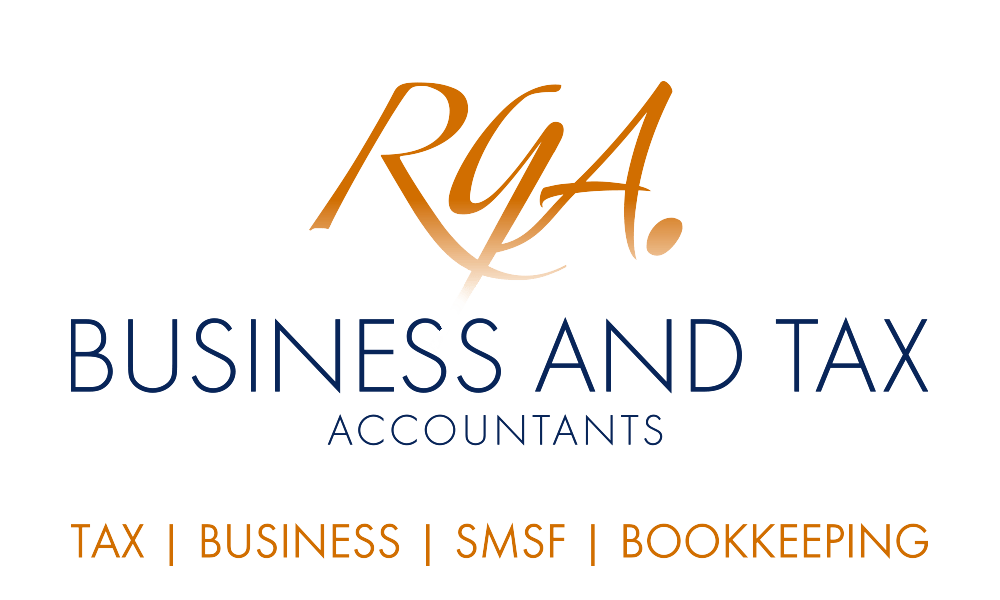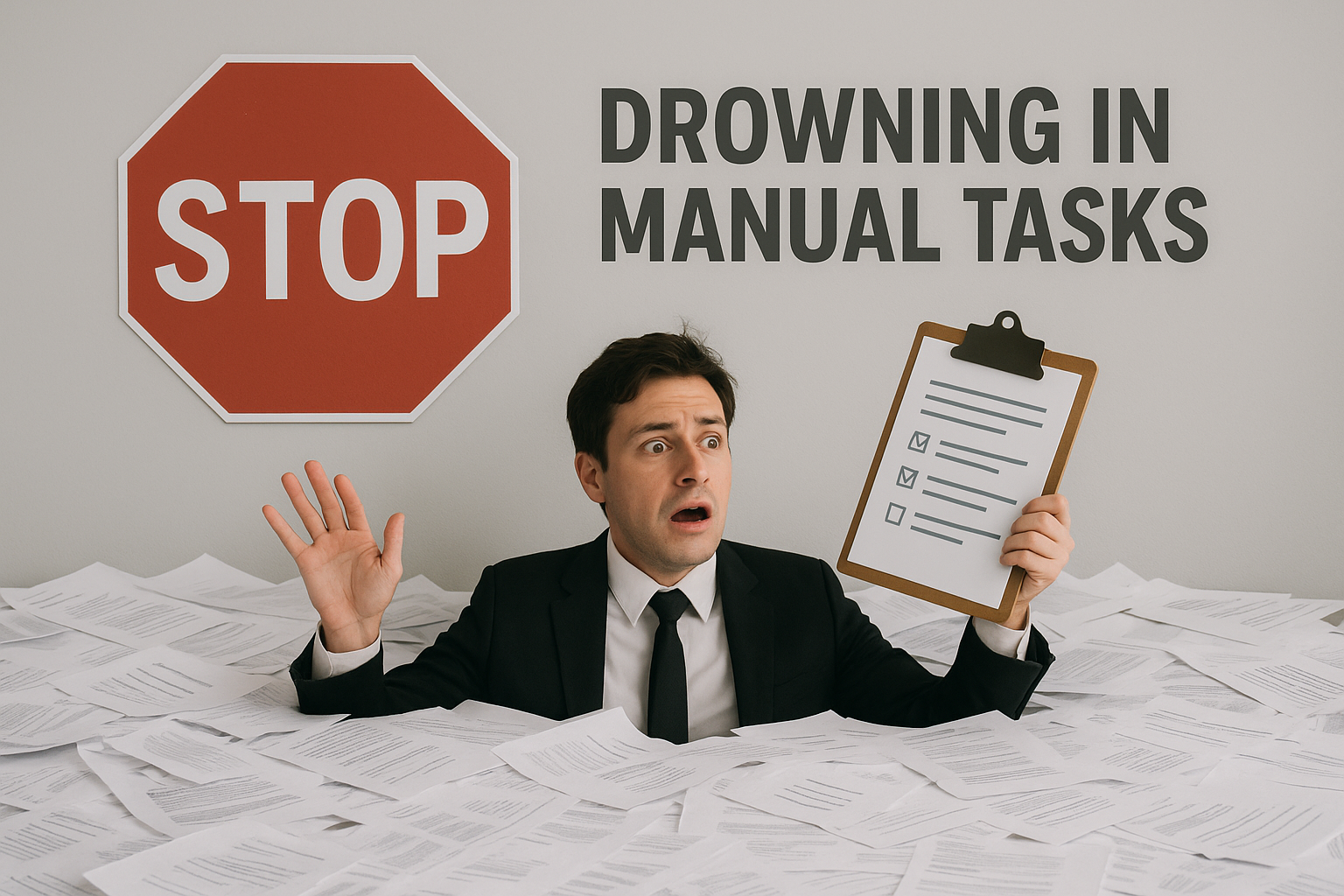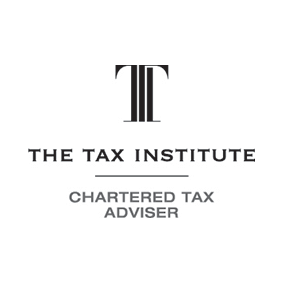From 1 July 2018, people aged 65 or over will make able to make additional non-concessional contributions of up to $300,000 from downsizing their home subject to certain conditions. This is in addition to the concessional and non-concessional contribution caps. However, this measure may have unintended consequences if you plan on applying for the Age Pension, so wholistic retirement planning is needed to take advantage of the measure while minimising the downsides.
Now all the kids have all flown the coop and you're left with an empty nest, it might be a good time to consider downsizing to pursue that ultimate retirement dream; fishing beside a river, surfing every morning, or getting up to that fresh country air. Your dream could be one step closer with the measure to allow people to make additional super contributions from the proceeds to selling their home.
From 1 July 2018, people aged 65 or over will make able to make additional non-concessional contributions of up to $300,000 from downsizing their home subject to certain conditions:
- the principle place of residence must have been held for a minimum of 10 years and located in Australia;
- contribution must be an amount equal to all or part of the capital proceeds of sale of an interest in a qualifying dwelling in Australia;
- any capital gain or loss from the disposal of the dwelling must have qualified (or would have qualified) for the main residence CGT exemption in whole or part;
- contribution must be made within 90 days of disposing the dwelling (a longer time period may be allowed by the Commissioner);
- a choice is made to treat the contribution as a downsizer contribution and the complying superannuation fund is notified in the approved form of this choice either before or at the time the contribution is made; and
- the contributing individual has not previously made downsizer contributions or has had one made on their behalf, in relation to an earlier disposal.
The advantage with downsizer contributions is that the contribution is neither a concessional nor a non-concessional contribution, so if you have already reached your concessional or non-concessional contributions caps for the year, you are still able to make a contribution through the downsizer contribution, provided you meet all the conditions.
If you and your spouse jointly own a home, and decide to downsize, you can both benefit from this measure. For downsizing the same home, you and your spouse could potentially contribute a maximum of $600,000 into your individual super funds or SMSF. The other advantage with this measure is that the restrictions on non-concessional contributions for people with total superannuation balances above $1.6m will not apply. Therefore, the total superannuation balance of the individual will also not affect their eligibility to make a downsizer contribution. However, any downsizer contributions will still be subject to the $1.6m pension transfer balance cap.
Does this measure seem too good to be true? Well, there is also the Age Pension side you should be aware of. Currently, the family home is totally exempt from the Age Pension assets test, however, downsizer contribution may count towards the Age Pension asset test and any changes in your superannuation balance as a result of using this measure may also count towards the Age Pension Asset test.
Want the whole picture?
Need advice on how you could potentially take advantage of this measure and need to know what the downsides are? Consult your licensed financial planner for advice or contact us and we can refer you to reputable licensed financial planners for wholistic advice for your planned retirement to help you realise your dreams.










